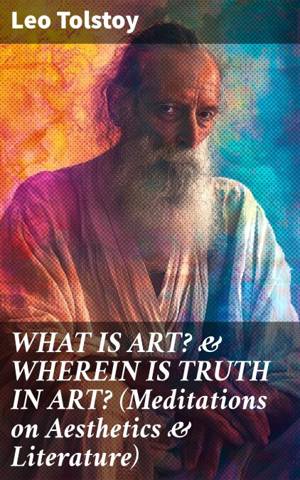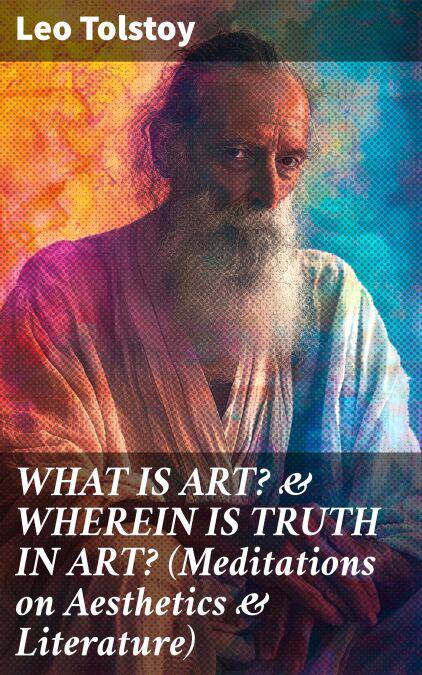
- Afhalen na 1 uur in een winkel met voorraad
- Gratis thuislevering in België vanaf € 30
- Ruim aanbod met 7 miljoen producten
- Afhalen na 1 uur in een winkel met voorraad
- Gratis thuislevering in België vanaf € 30
- Ruim aanbod met 7 miljoen producten
Zoeken
WHAT IS ART? & WHEREIN IS TRUTH IN ART? (Meditations on Aesthetics & Literature) E-BOOK
Exploring the Moral Purpose of True Art
Leo Tolstoy
E-book | Engels
€ 1,99
+ 1 punten
Omschrijving
In 'What Is Art? & Wherein Is Truth in Art?', Leo Tolstoy embarks on a profound exploration of aesthetics, challenging conventional definitions of art and its intrinsic value. This rich philosophical discourse blends personal reflection with moral imperatives, culminating in a vision of art that transcends mere beauty to embrace a deeper ethical truth. Tolstoy's literary style is marked by clarity and simplicity, echoing his belief that true art should be accessible to all. Contextually, this work arises from his disillusionment with the art of his time, questioning the societal functions of artistic expression and the artist's moral responsibility. Tolstoy, a titan of literature, drew upon his own tumultuous experiences, including his spiritual crisis and commitment to social justice, to inform his meditations on art. His legacy as a novelist and philosopher is intricately woven into his writings, as he sought to reconcile beauty with ethics, championing art that unites humanity in shared feelings and truths. This quest for understanding reflects his broader existential inquiries, making his insights particularly poignant. This indispensable treatise is recommended for anyone intrigued by the philosophical dimensions of art. It invites readers to reconsider their relationship with artistic expression and the values it embodies, offering a transformative perspective that resonates beyond the confines of its time.
Specificaties
Betrokkenen
- Auteur(s):
- Uitgeverij:
Inhoud
- Aantal bladzijden:
- 250
- Taal:
- Engels
Eigenschappen
- Productcode (EAN):
- 8596547807575
- Verschijningsdatum:
- 10/01/2024
- Uitvoering:
- E-book
- Beveiligd met:
- Digital watermarking
- Formaat:
- ePub

Alleen bij Standaard Boekhandel
+ 1 punten op je klantenkaart van Standaard Boekhandel
Beoordelingen
We publiceren alleen reviews die voldoen aan de voorwaarden voor reviews. Bekijk onze voorwaarden voor reviews.











